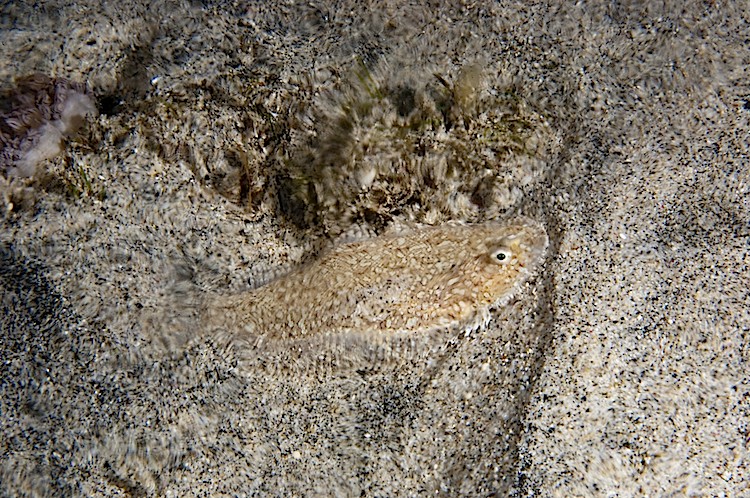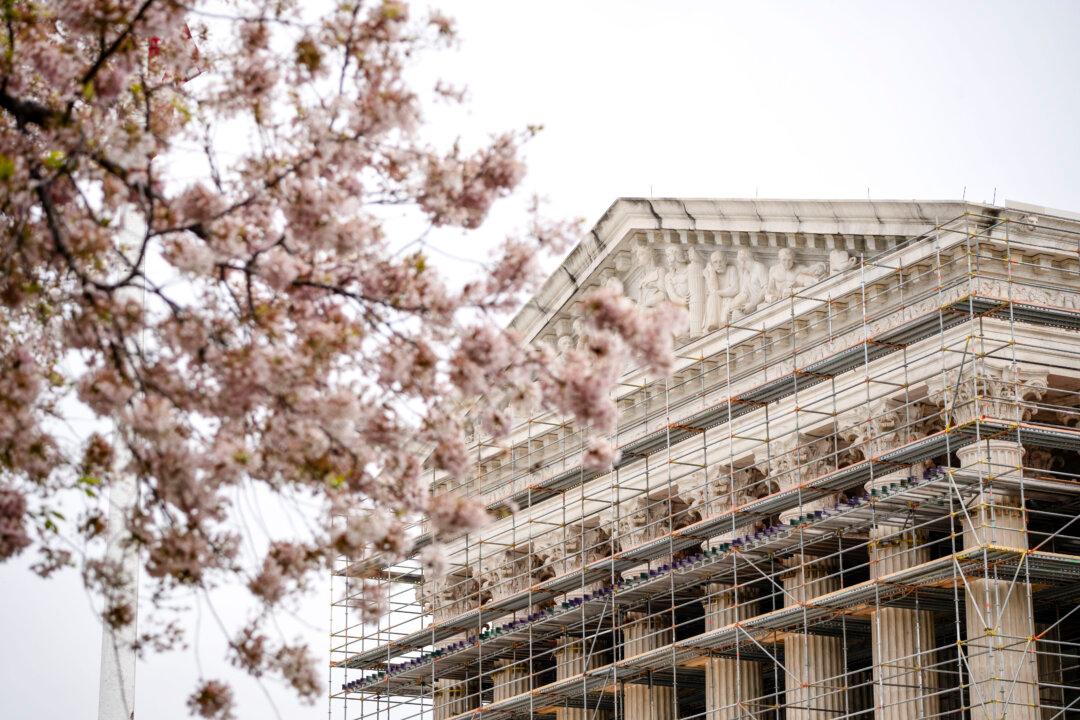The distortion in this image is caused by water at different temperatures mixing together.
The refractive index of water is dependent on its density and hence temperature, leading to distortion effects where upwellings of cold water mix with warm surface waters. Different materials have different refractive indices that affect the angle at which light travel through them, thus creating distortions.
Padangbai, on Bali’s east coast, is one of the islands most convenient dive spots.
The temperature in Padangbai is generally warm, but the powerful currents that flow between the islands of Bali and Lombok produce strong upwellings of cold nutrient-rich water, forming perfect conditions for marine life and in particular, filter feeders like sponges and crinoids.
The best dive sites are located around several rocky islands just offshore, but dive operators based in Padangbai also run trips across to Nusa Penida and Lembongan.
Matthew Oldfield is a freelance photographer based in Bali, Indonesia, specializing in editorial and documentary images from both above and below the waves. He works primarily with charities, NGO’s, and other organizations working to conserve the environment, endangered species, and disappearing cultures.
SCIENCE IN PICS: Water Refracts due to Temperature
The distortion in this image is caused by water at different temperatures mixing together.
Save

Updated:





